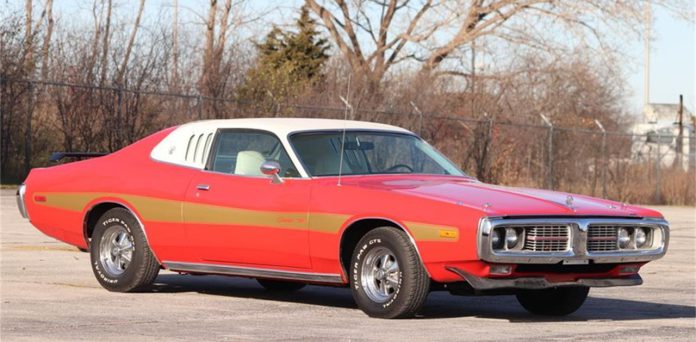Nineteen seventy-four is not a year that automotive enthusiasts think of fondly. It was the third year since the government required engines to run on unleaded or low-lead gasoline, and new Federal Motor Vehicle Safety Standard 215 required redesigned (read: ungainly) bumpers to reduce impairment after low-speed accidents.
The Dodge Charger managed to avoid the awkwardness of the mandated bumpers, but there also were market-driven changes that showed the Charger was evolving. The Pick of the Day, a 1974 Dodge Charger SE listed for sale on ClassicCars.com by a dealer outside of Chicago, perfectly demonstrates this transition from sport to personal-luxury. (Click the link to view the listing)
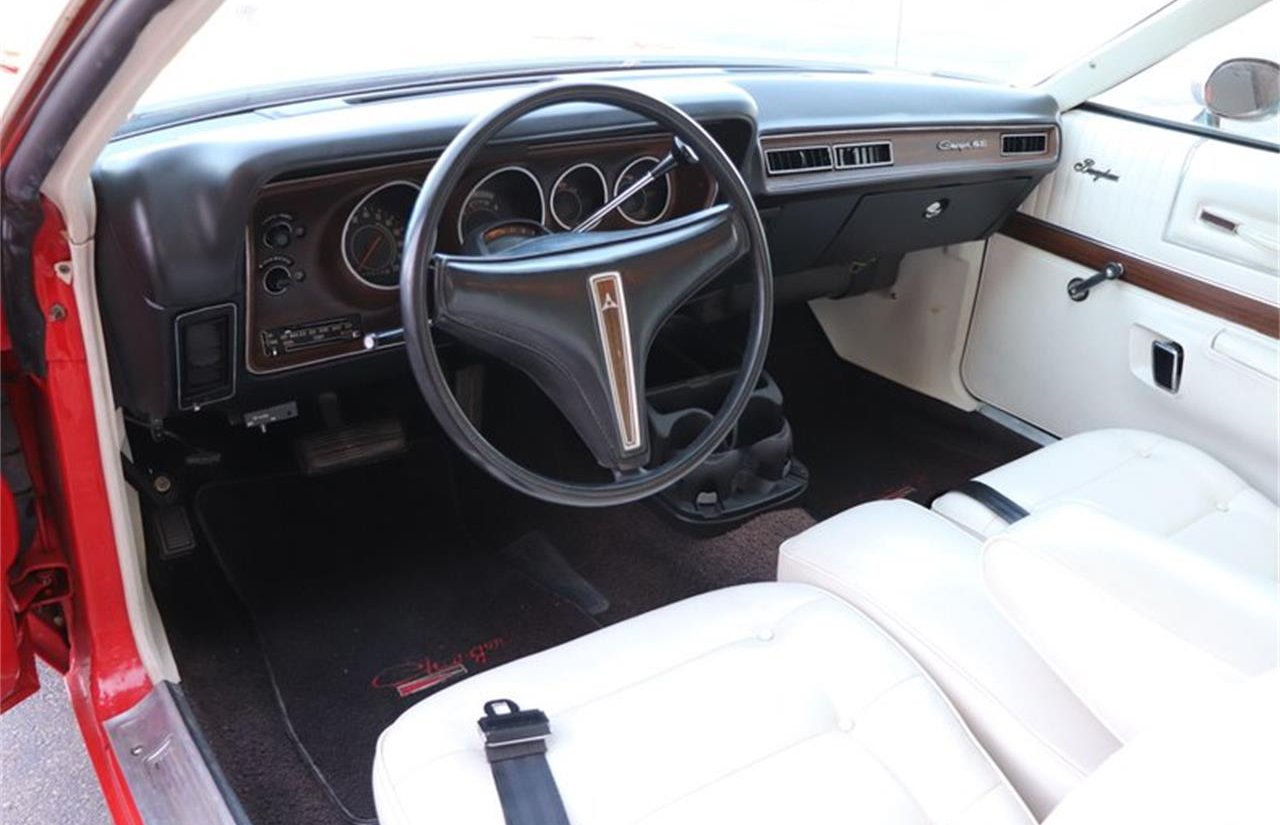
The Charger always had personal-luxury pretensions, but it was malleable enough to be several things to several people. We generally think of the Charger as a performance car but, in its heyday, most of them were low-performance 318s. When the redesigned third-generation Charger debuted for 1971, its model lineup featured the luxurious Charger SE after being a fancy option package for 1969-70 Chargers. As the generation matured, it was obvious that the Charger was evolving with the market—now, as the It was a logical move because the demographic was maturing, going from performance cars to something that was a bit more family-friendly. (A cursory glance at Charger SE production numbers from 1971-74 shows evidence on the popularity of the SE.)
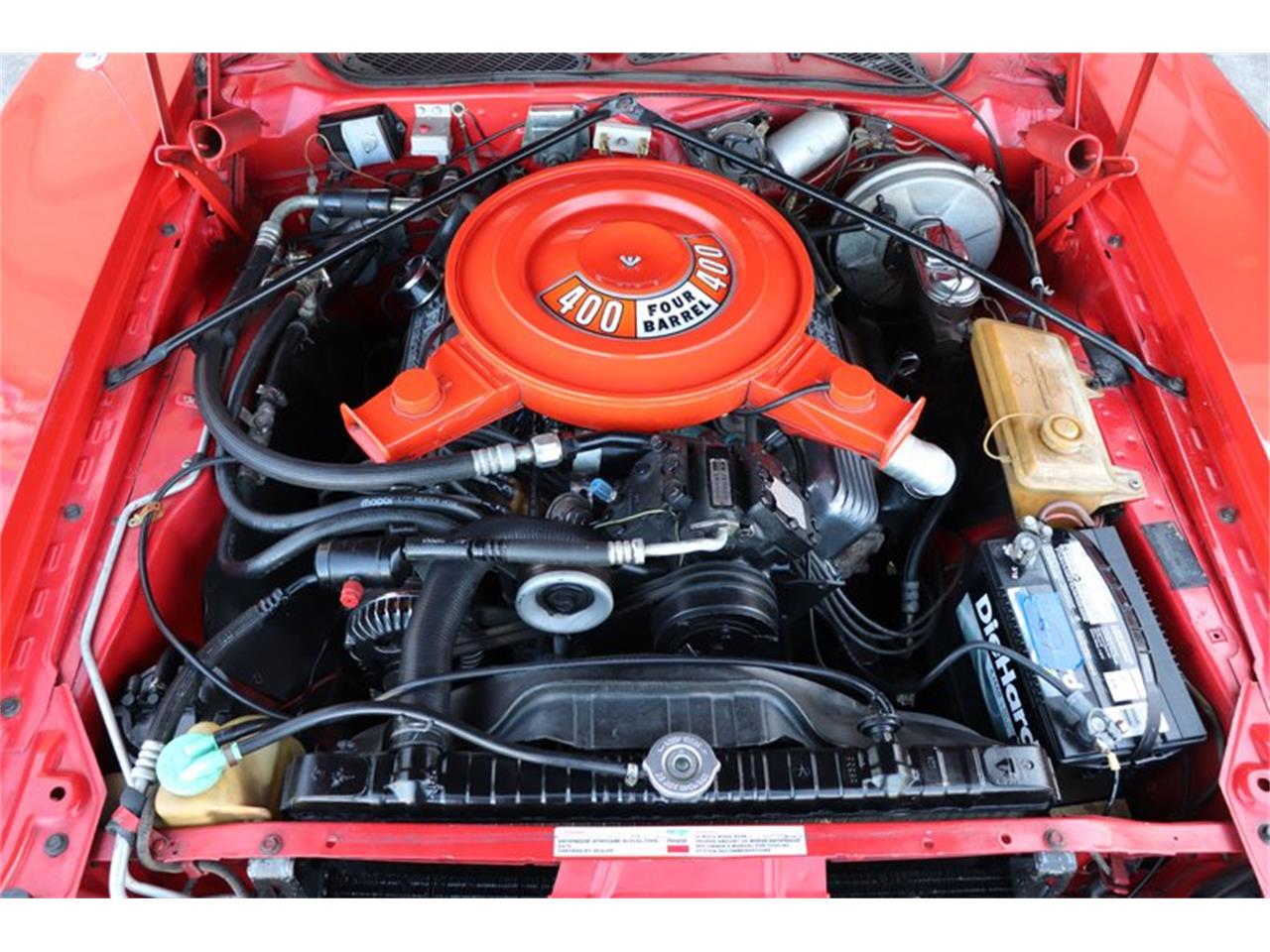
The 1974 Charger SE featured shows the semi-formal vinyl roof with slats for the windows that wasn’t used on other Charger models. It is powered by the 400 big-block, though it is the non-high-performance version that offered only 205 horsepower with a standard camshaft and single exhaust (in contrast, the 250-horsepower 400HP had a high-performance camshaft and dual exhausts). That’s a fine step up from the standard 318—the 400 was a torquey engine able to handle everything that came its way.
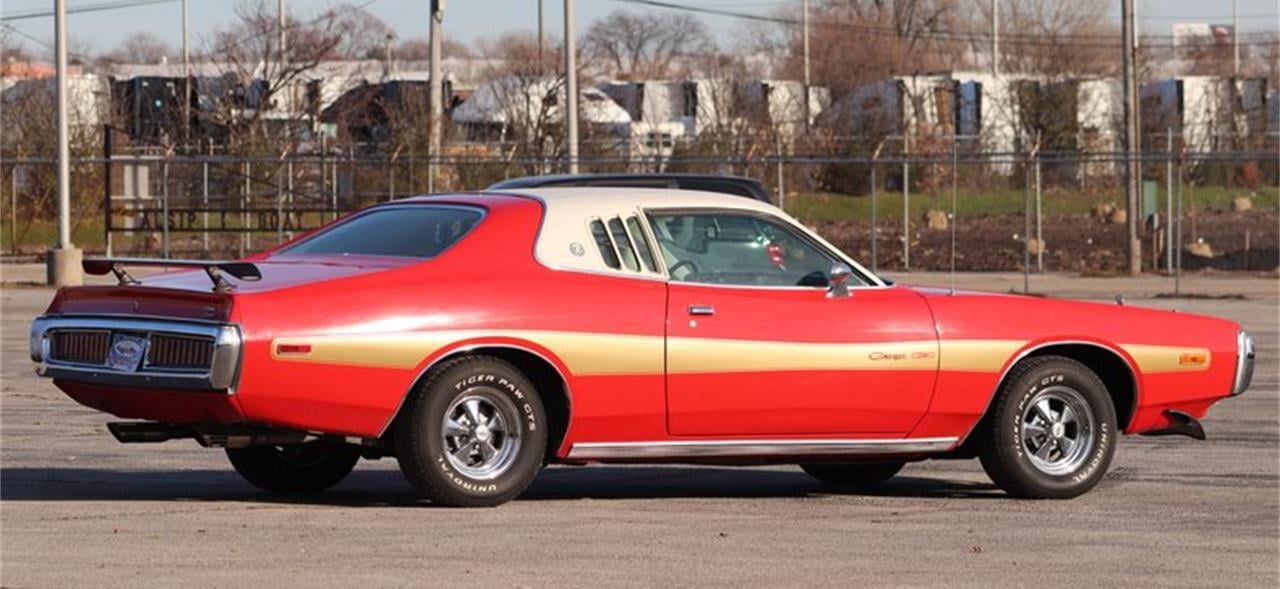
But what’s truly notable about this Charger is the “gradated” gold stripe, a longitudinal stripe that was more commonly seen on Chargers with the Rallye package. On the Rallye, the standard stripe was black, but there was an option for all Charger models where one could specify a red (V6R) or gold (V6Y) gradated stripe that flowed back and forth between two colors. In the case of the gold stripe, the gradient ran brown-yellow-brown-yellow-brown. Not only is this an unusual, sporty feature for a Charger SE, but also the gold stripe was an unusual choice for the Bright Red (FE5) paint. As you can see, the stripe’s color gradient is faded so it looks pure gold, which is quite complementary as-is.
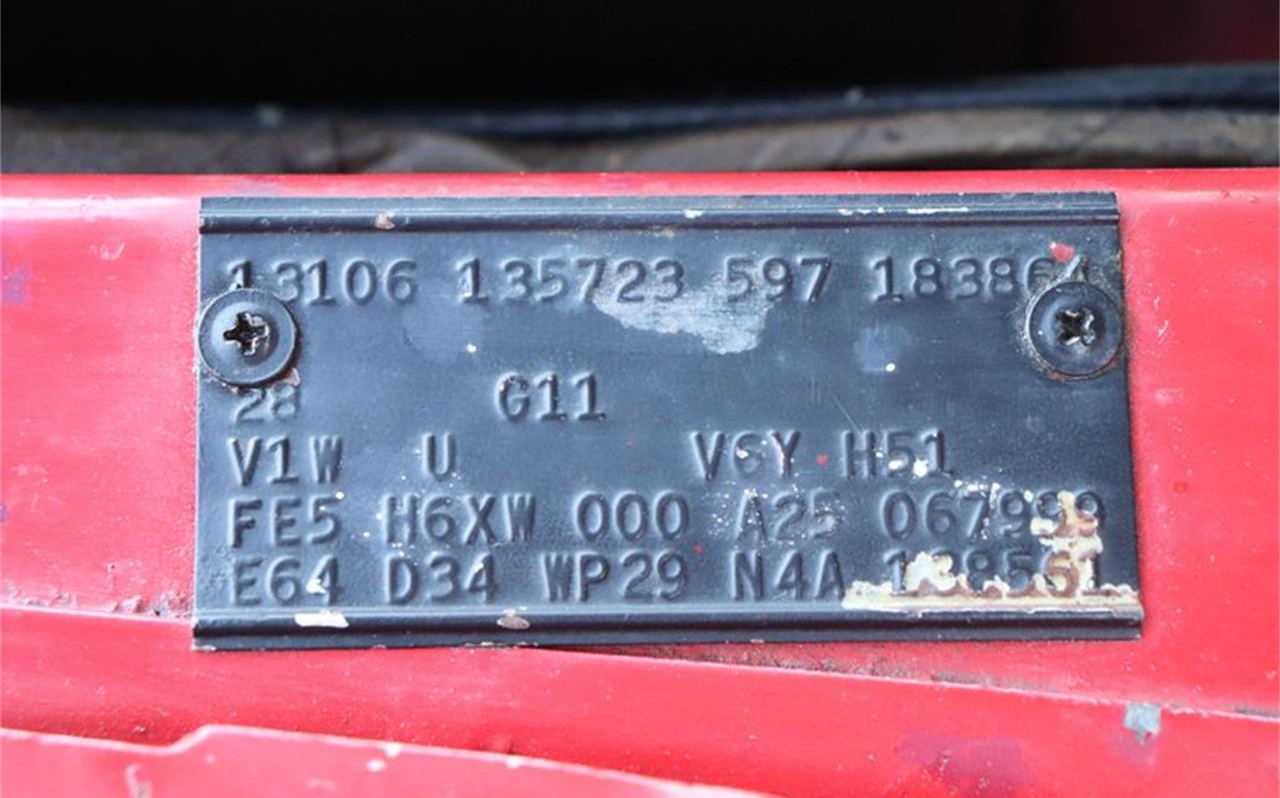
Other options on this Charger SE include white vinyl top with matching interior, power steering, power front disc brakes, air conditioning, rear window defogger, AM/FM radio and tinted glass. Along the way, someone added a front chin spoiler and rear spoiler, plus Cragar mags. Odometer reads 47,536, though there’s no indication it’s original to the vehicle.
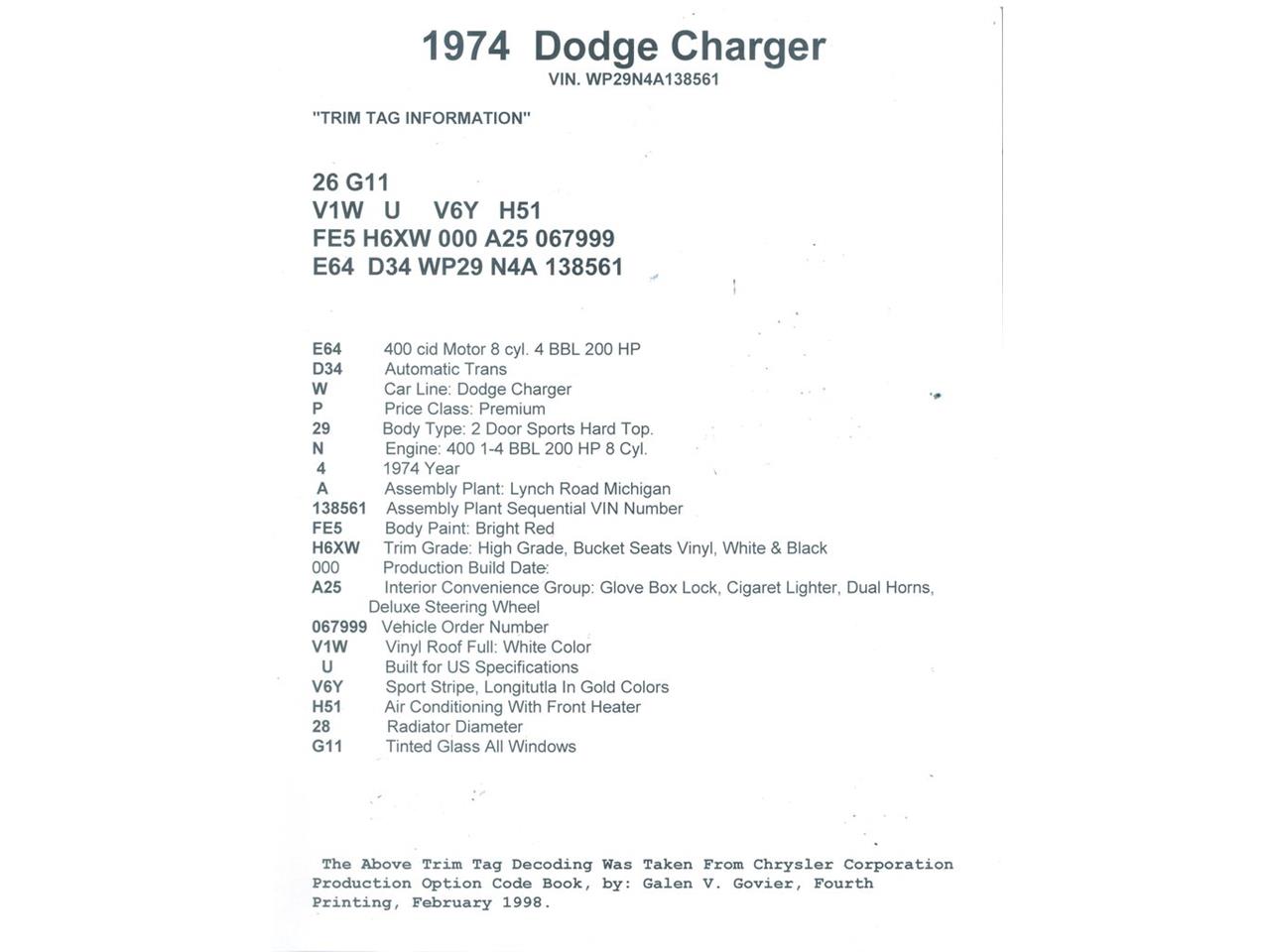
Nineteen seventy-four may have been a lean, less exciting time for enthusiasts, but there still was plenty to like. The combination of sporty and luxury on this 1974 Charger SE perfectly demonstrates the model’s evolution into a pure personal-luxury vehicle and, for $34,900, you can have the best of both worlds.
To view this listing on ClassicCars.com, see Pick of the Day.



